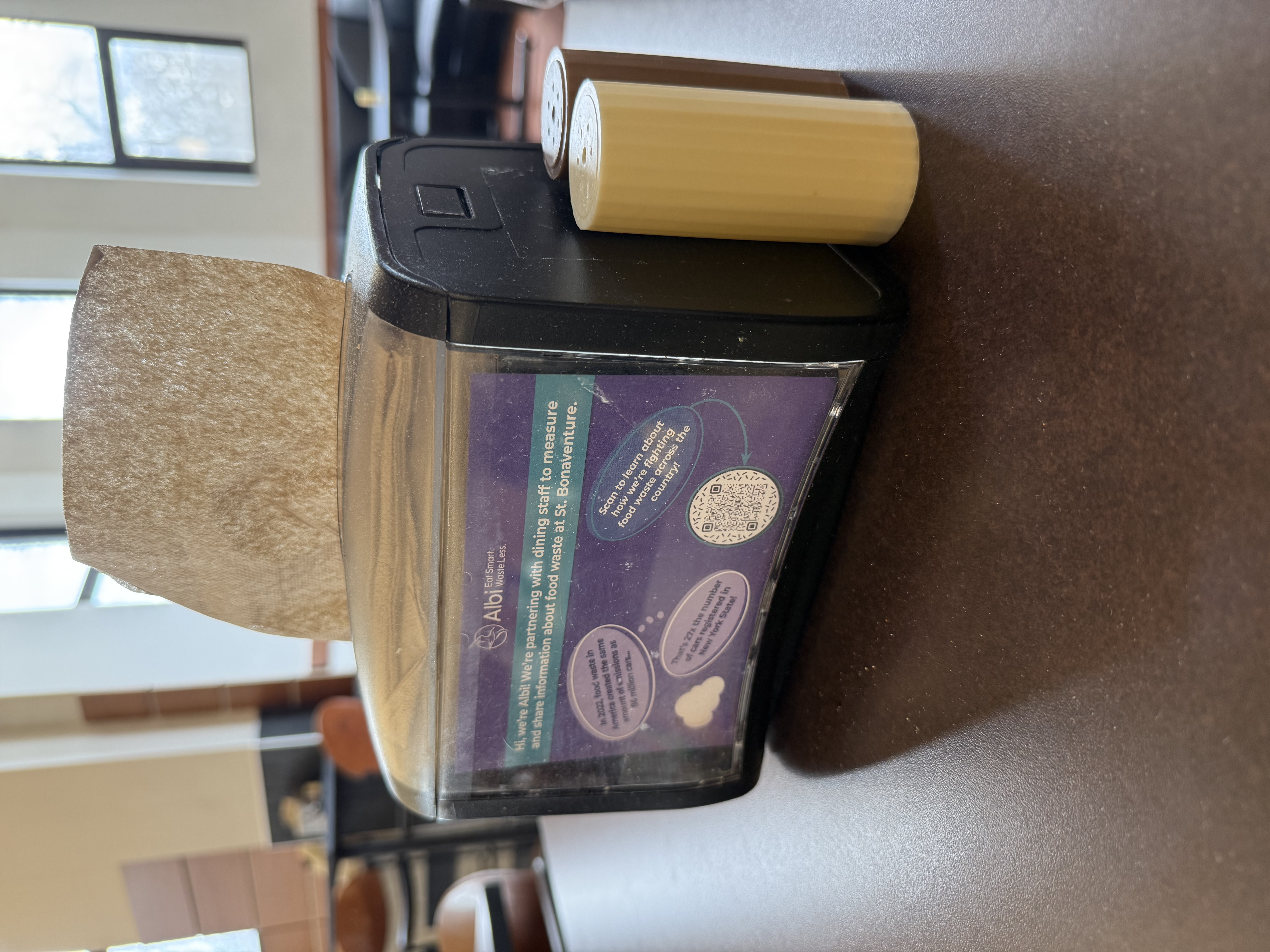By Samantha Berkhead
News Editor
Throughout the last few months, the Trayvon Martin case has ballooned from a quiet story of a shooting in suburban Florida to a national media controversy.
By the time editors at The New York Times asked Dan Barry, ‘80, and Serge F. Kovaleski, Campbell Robertson and Lizette Alvarez to cover the case, the story of the 17-year-old Martin’s death by the hand of neighborhood watch volunteer George Zimmerman had become common knowledge — a household subject.
Somewhere underneath the media’s love affair with Martin’s hoodie and the seemingly never-ending debates about the role of racial differences in the event lied a story, albeit a controversial one.
Up until that point, Barry had been primarily known for his New York Times column, “This Land,” which comprises of anecdotal articles observing the vast diversity of human life throughout the United States. It was a far cry from what he had been known for at St. Bonaventure during the late 1970s. Barry started his own magazine, The Convex, which dealt with investigative reporting on-campus.
“I think I was kind of a journalistic smart-aleck imbued with the power of the word and the platform of the college magazine,” he said of his collegiate career. “I was kind of a big, goofy sophomoric kid who could get stuff published being the wise guy.”
For the Trayvon Martin story, Barry and his coworkers had to take a much more sober approach than what he had been used to.
“The story appeared a full month or so after the shooting,” he said. “First of all, most of the media were slow to understand what had happened. Then, when we did our story, I think the goal was to take a deep breath, take time and try and figure out what had happened as best as we could determine, and who these people are in this tragedy that played out in this wet grass down in Sanford and tell that story.”
Add that task to the deadline looming over the reporters’ heads, and they had a daunting challenge.
“For me, every story is a challenge,” he said. “I try to do my best with it, given the situation. That takes time. We had a lot of material to cover in the story with not a lot of time.”
With the time they did have, the four journalists voyaged to Sanford, Fla. and searched for threads of the truth. They spoke to Martin’s and Zimmerman’s families, friends, schoolmates and others who had known the two in order to convey the basic humanity within each of them.
Upon arriving in Sanford, Barry discovered a city carrying on with life as usual, yet at the same time tarnished with the deep-seated mourning that came from losing one of its own.
“Depending on where you were, you could have been in Orchard Park, you could have been in Rochester, you could have been anywhere,” he said. “It was just calm and life was continuing. Then there were other times, specifically in downtown Sanford, where there was a rally being held and there were hundreds and hundreds of people coming together to protest how the case had been handled by the police. When you’re in downtown Sanford and one of those rallies is taking place, the atmosphere is emotional. There is anger and sorrow and a lot of emotion on the street.”
After investigating, discrepancies and inconsistencies appeared within the narrative that challenged the idea of telling the story start to finish.
“There are critical moments in the narrative, and I think the most critical moment is when George Zimmerman stepped out of his truck,” Barry said. “He was a neighborhood watch coordinator and he acted on this suspicion, whether it warranted or not. Once he stepped out of the truck, I think things changed. There’s no narrative we can hear from Trayvon Martin, because he’s dead. One could argue that he went beyond his responsibilities or purpose once he stepped out of the car.”
As for the case itself, Barry said he remains uncertain as to the fate of Zimmerman or of Martin’s memory. However, he said he hopes the work he did will help convey the truth to the American people.
“I don’t know what will happen,” Barry said. “I’m as uncertain about what’s going to happen in that case as anybody. I think that the case itself resonates around the country for a couple of reasons. It highlights, yet again, the issue of race. It’s not a resolved issue in the United States of America in 2012. The issue of gun control remains of-the-moment. There are still things that need to be worked through as a country.”
To read Dan Barry’s reporting on the Trayvon Martin case, visit nytimes.com.
berkhesj10@bonaventure.edu









